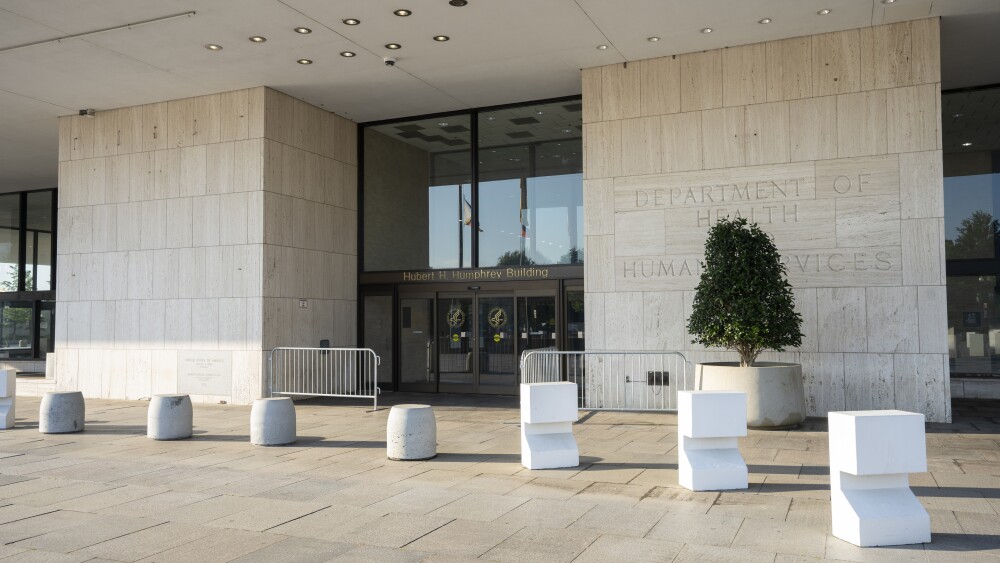Insights into barriers that cause cancer patients not to enroll in specific trials are helping pharmaceutical companies adjust their trial designs and assumptions.
Insights into barriers that cause cancer patients not to enroll in specific trials are helping pharmaceutical companies adjust their trial designs and assumptions. The result: more qualified candidates, faster enrollment and a pool of potential enrollees that more accurately reflects real-world populations.
Clinical trial matching service TrialJectory is behind that change. Its initial focus was matching cancer patients to the most appropriate trials, but co-founder and CEO Tzvia Bader soon saw it could provide added benefits to patients and pharmaceutical companies alike by providing analytic data that could help trial sponsors improve their studies.
Since the company began offering those insights in November 2020, they have helped pharmaceutical companies design better, more patient-friendly clinical trials in oncology, identify new study sites, improve clinical study endpoints and enroll their studies faster and with patient demographics that are more representative of the population.
“More than 80% of oncology clinical trials in the U.S. fail to meet their recruitment goals or timelines,” Bader told BioSpace. “The main reason is a poor knowledge of cancer patients’ availability and willingness to enroll in these trials.”
At the same time, only 4% of cancer patients actually enroll in clinical trials.
“To drive a change in enrollment, we have to change the way trials operate. The missing link is the patient,” she said.
Bader, a cancer survivor, spoke from experience.
From her own search for clinical trials while a cancer patient herself, she knows first-hand that oncologists are overworked and often lack the time and resources to identify specific clinical trials for their many patients. At the same time, patients are becoming active decision-makers but lack the tools to identify appropriate trials.
TrialJectory, formed in 2018, bridges that gap. Its patient/trial matching and analytics platform automatically shows how well the patient’s medical profile aligns with studies’ eligibility requirements, as well as patients wants and need in an automated pre-screening process. Thus, for the first time ever, trial sponsors can gain insights into the complete pool of potential enrollees – including those who were excluded or who chose not to enroll, as well as those who did enroll.
Tens of thousands of cancer patients are using its platform, which supports 12 cancer indications that cover more than 60% of all cancer types. For patients, it finds direct matches with clinical trials and can qualify patients online in about five minutes.
For pharmaceutical companies, Bader said, “We bring in whole data sets around what the decision- journey looks like. This includes barriers to enrollment and factors in patients’ decision to join a trial. We’re vocalizing a lot of information around patients that pharma companies lack.”
TrialJectory’s insight platform includes a map of where active, relevant patients are located, which helps pharma companies activate trial sites in the best areas for quick enrollment.
Additionally, “Some 85% of cancer patients are treated in the community setting, and only 10% of oncologists discuss clinical trials with their patients,” Bader pointed out. “Because patients are finding trials independent of their oncologists, we’re introducing a wealth of new potential candidates to clinical trials.
“As a result (of those two points), we’re starting to see trials in regions that didn’t have them before,” Bader said. “We’ve noticed companies can expedite enrollment time and generate significantly more qualified leads than when using traditional recruitment channels,” she said, depending on the complexity of the trial and enrollment criteria.
TrialJectory’s application lets pharmaceutical companies run real-world “what if” scenarios.
“For example,” she said, “One sponsor realized frequent patient site visits were a barrier, so it consolidated some visits and conducted others in a near-home clinic.”
Design barriers also can be adjusted based upon insights into patients, she said. For example, one clinical trial initially excluded diabetics, thus omitting a large portion of an ethnic group.
To correct that, the sponsor amended the enrollment criteria. Another trial specified a 12-month disease-free period. By reducing that to nine months, the sponsor was able to determine how trial enrollment would be affected and then make a decision on that data point.
TrialJectory is clearly broadening the potential clinical trial enrollment population to the 85% of the oncology patient population that is not located near large research institutes. It still doesn’t perfectly reflect the population, Bader admitted, but it is an improvement.
“We get young, digitally savvy patients, as well as many from the community healthcare setting,” she said. “In that way, we’re a more diverse, true reflection of oncology patients.”
Looking forward, Bader said she plans to “add more capabilities and analytic information about the patient journey and barriers to help pharmaceutical companies better understand patients’ viewpoints.” This may include study alternatives, standard of care versus other trials, areas for trial design optimization and hypothetical permutations that may be created almost automatically in the application.
She also envisions adding the ability to validate a trial’s assumptions before the clinical site is initiated so sponsors know where the patients are and what they are like before the trial is launched. “This lets you identify barriers to particular groups,” she added.
TrialJectory is specific to oncology today. “Eventually, we plan to expand,” she said.






